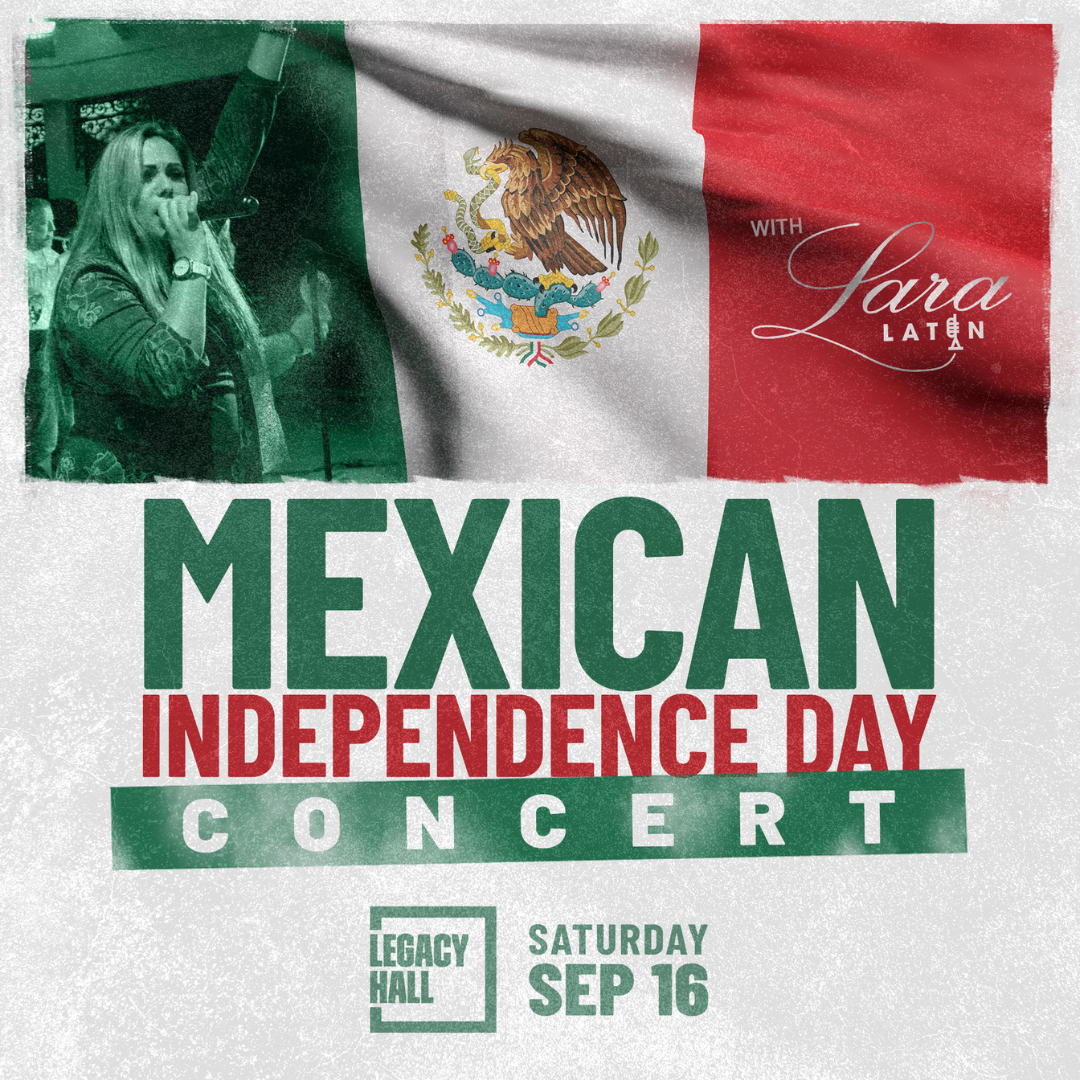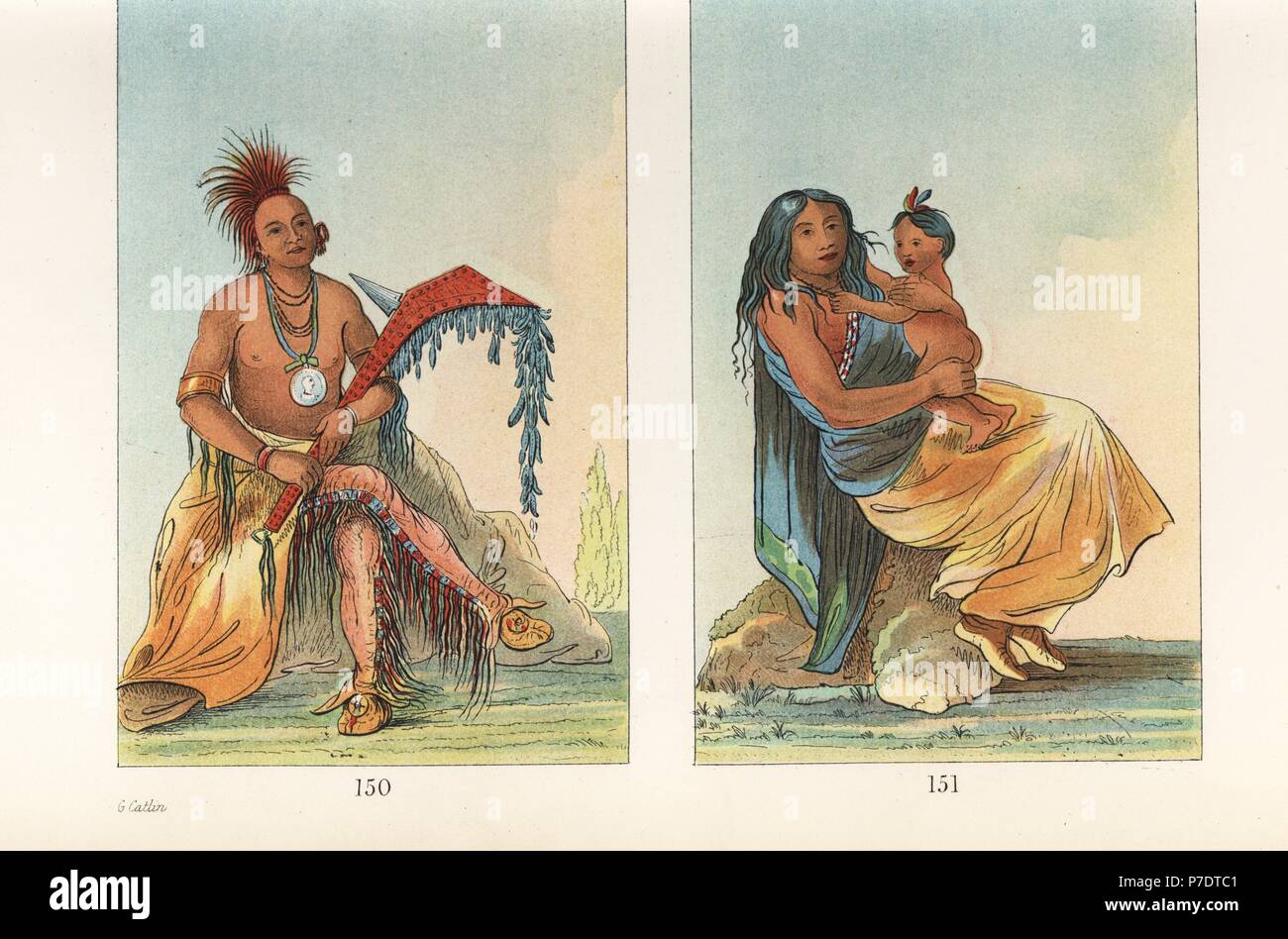Celebrating Mexico's Independence: Traditions & Customs Explained

<!DOCTYPE html>
Mexico’s Independence Day, celebrated on September 16th, is a vibrant and deeply meaningful occasion that honors the country’s liberation from Spanish rule in 1810. This day is filled with rich traditions, customs, and festivities that showcase Mexico’s cultural heritage. Whether you’re planning to join the celebrations or simply want to learn more, understanding the history and practices behind this holiday is both enlightening and engaging. (Mexico’s Independence Day, Mexican traditions, cultural heritage)
The Historical Significance of Mexico’s Independence

Mexico’s journey to independence began on the night of September 15, 1810, when Father Miguel Hidalgo y Costilla rang the church bell in Dolores, Guanajuato, and delivered the famous “Grito de Dolores.” This call to arms sparked a revolution that eventually led to Mexico’s independence in 1821. The celebration of this event is not just a national holiday but a reminder of the courage and resilience of the Mexican people. (Mexican history, Grito de Dolores, Miguel Hidalgo)
Key Traditions and Customs of Mexico’s Independence Day

El Grito de Independencia
One of the most iconic traditions is El Grito de Independencia, where the President of Mexico reenacts Hidalgo’s cry from the balcony of the National Palace in Mexico City. This ceremony is broadcast nationwide and followed by fireworks and cheers. Locals and tourists alike gather in town squares across the country to participate in this emotional and patriotic event. (El Grito, Mexican patriotism, National Palace)
Festive Parades and Marches
Throughout Mexico, parades and marches take place, featuring traditional music, dance, and colorful costumes. The most famous is the military parade in Mexico City, which showcases the country’s armed forces and cultural diversity. Schools and communities also organize their own parades, often involving children dressed in historical attire. (Mexican parades, traditional music, cultural diversity)
Traditional Mexican Food and Drinks
No celebration is complete without food! Independence Day is an opportunity to indulge in traditional Mexican dishes like chiles en nogada, pozole, and tamales. Drinks such as tequila, mezcal, and aguas frescas are also staples. Many families host feasts, while street vendors offer these delicacies to passersby. (Mexican cuisine, chiles en nogada, tequila)
| Dish | Description |
|---|---|
| Chiles en Nogada | Stuffed poblano peppers with a creamy walnut sauce, symbolizing the Mexican flag. |
| Pozole | A hearty soup made with hominy, meat, and garnished with lettuce, radishes, and lime. |

Decorations and Symbols
Homes, streets, and public spaces are adorned with patriotic decorations, including the colors of the Mexican flag—green, white, and red. Papel picado (colorful paper banners), flags, and images of national heroes like Hidalgo and José María Morelos are prominently displayed. (Mexican decorations, papel picado, national heroes)
📌 Note: When attending celebrations, wearing traditional Mexican attire or colors of the flag is a great way to show respect and enthusiasm.
How to Celebrate Mexico’s Independence Day

Whether you’re in Mexico or abroad, there are numerous ways to join the festivities:
- Attend a local Grito de Independencia ceremony.
- Participate in or watch a parade.
- Prepare or enjoy traditional Mexican dishes.
- Decorate your space with Mexican flags and papel picado.
- Learn and sing the Mexican national anthem.
Celebrating Mexico’s Independence Day is a wonderful way to immerse yourself in the country’s rich history and vibrant culture. From the emotional Grito to the delicious food, every aspect of this holiday offers a unique glimpse into Mexico’s soul. (Mexican culture, national anthem, cultural immersion)
What is the significance of El Grito de Dolores?
+El Grito de Dolores marks the beginning of Mexico’s war for independence from Spain in 1810. It symbolizes the fight for freedom and is reenacted annually by the President of Mexico.
What are some traditional dishes eaten on Independence Day?
+Traditional dishes include chiles en nogada, pozole, tamales, and various regional specialties. Drinks like tequila and mezcal are also popular.
How can I participate in Independence Day celebrations if I’m not in Mexico?
+You can join local Mexican communities’ events, cook traditional dishes, decorate your space with Mexican colors, and learn about Mexico’s history and culture.


